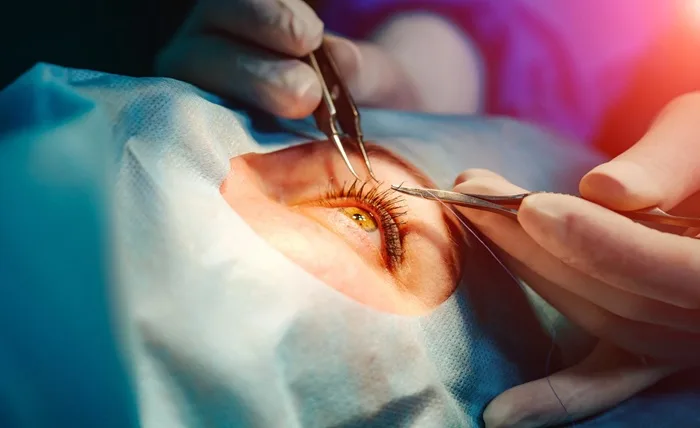Cataracts occur when your eye lenses become cloudy. The clouding can result from natural aging, traumatic lens injuries, or radiation exposure. Symptoms include blurred vision, difficulty driving at night, sensitivity to light, halos around light, and changes in eyeglass prescription. Eye physicians can use cataract surgery to replace the cloudy lens with a clear artificial lens and repair your vision. Here’s an overview of cataract diagnosis and treatment.
How Are Cataracts Diagnosed?
Cataract diagnosis begins with a full review of your medical history and an assessment of your symptoms. The physician can ask questions about your daily routines and vision troubles to understand further what’s causing your cataracts. Eye tests follow immediately after to confirm the presence of cataracts. Physicians can use four standard tests to determine if you have cataracts: vision test, eye structure exam, retinal exam, and fluid pressure test.
Vision Test
A visual activity test involves a chart with letters of different sizes, from large to small. Eye physicians use the vision test to determine how well you can read a series of letters. The doctor tests one eye at a time, covering the other. Vision testing can determine if you have 20/20 vision or if the cataracts are causing trouble seeing.
Eye Structure Exam
An eye structure exam or slit lamp involves a special microscope with an intense line of light. Eye physicians can use a slit lamp to illuminate the cornea, iris, lens, and other structures in your eye. The light provides an up-close look that allows the physician to identify structural issues such as a cloudy lens. Slit lamp tests can also rule out non-cataract eye conditions.
Retinal Exam
A retinal exam allows the physician to look at the retina, the tissue around the back of your eyes. The physician begins by placing drops in your eyes to dilate the pupils. Pupil dilation allows more light to enter the eye, giving the doctor a better view of the retina. The doctor then uses a slit lamp or ophthalmoscope to examine your lens for cataracts.
Fluid Pressure Test
Applanation tonometry or fluid pressure test involves using a tonometer to measure intraocular pressure. The physician measures fluid pressure in each eye to rule out abnormal pressure as the underlying cause of your cataract. Abnormal pressure can lead to issues like glaucoma, which can cause low and blurry vision or rainbow-colored halos around lights.
How Are Cataracts Treated?
Cataract surgery is the only efficient treatment for cataracts, but you may not need it. If the cataract isn’t affecting the quality of your life, the doctor can recommend managing the symptoms without surgery. Standard non-surgical cataract treatments include prescription glasses, contact lenses, brighter lamps, and magnifying glasses. Prescription and contact lenses can temporarily improve your lenses, but the cataracts may continue to develop. Glasses and lenses can also be uncomfortable, inconvenient, or impractical in different situations.
Cataract eye surgery removes the damaged cloudy lens and replaces it with a clear artificial intraocular lens, IOL. The customized intraocular lens sits in the same spot your natural lens was and remains there permanently. Physicians can perform phacoemulsification, which involves gently using ultrasound waves to break up the natural lens material. Phacoemulsification reduces lens materials into smaller parts that can be removed through a small incision in your eye. The physician can then clean the lens capsule and insert the IOL one eye at a time.
You have multiple lens options for your cataract eye surgery. Standard mono-focal intraocular lenses provide a single set distance of focus featuring far, middle, and near. You can use eyeglasses and mono-focal lenses for a full range of vision. Premium lifestyle lenses include multifocal IOLs designed to see near, intermediate, and distant objects. You can also use toric lenses to decrease post-surgery astigmatism. Lifestyle IOLs can reduce your dependence on eyeglasses and enhance your vision within hours of the surgery. Trust in the hands of the best laser eye surgeon for cataract treatment, where cutting-edge technology and a commitment to excellence come together to restore visual clarity.
Seeking Cataract Surgery
Cataracts can disrupt your lifestyle by lowering your vision and making it difficult to read or drive at night. Speaking to an experienced eye surgeon can help you diagnose cataracts and assess treatment options. If surgery is necessary, the surgeon can customize intraocular lenses to fit where your natural lenses are for better vision. Contact an eye surgeon today to learn more about cataract surgery and how it can improve your vision problems.



